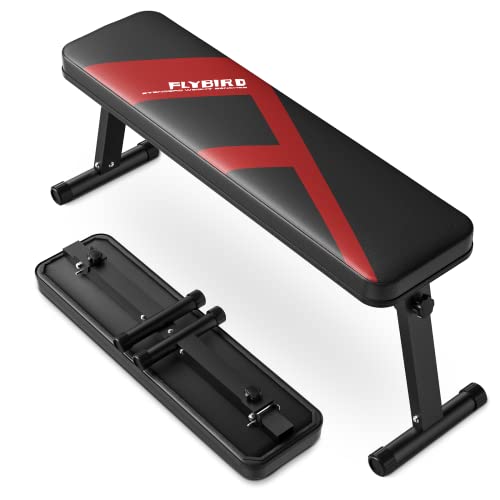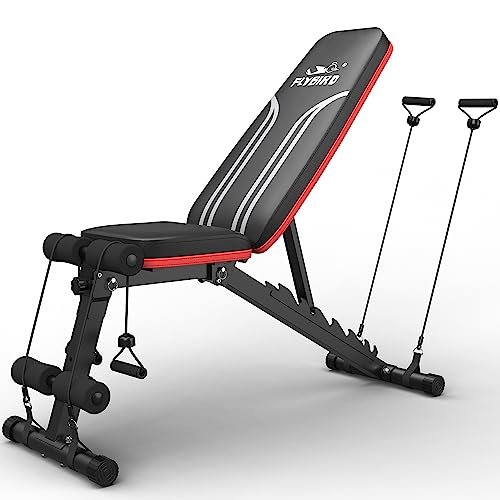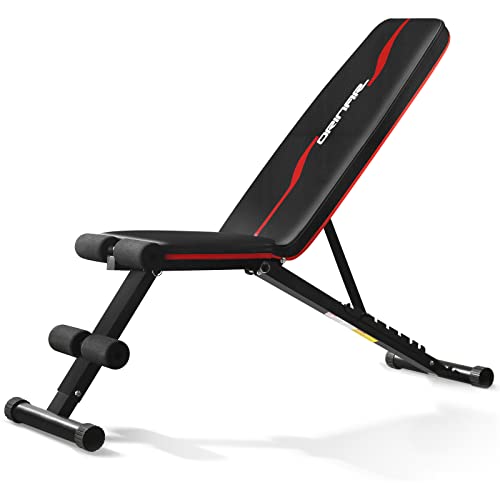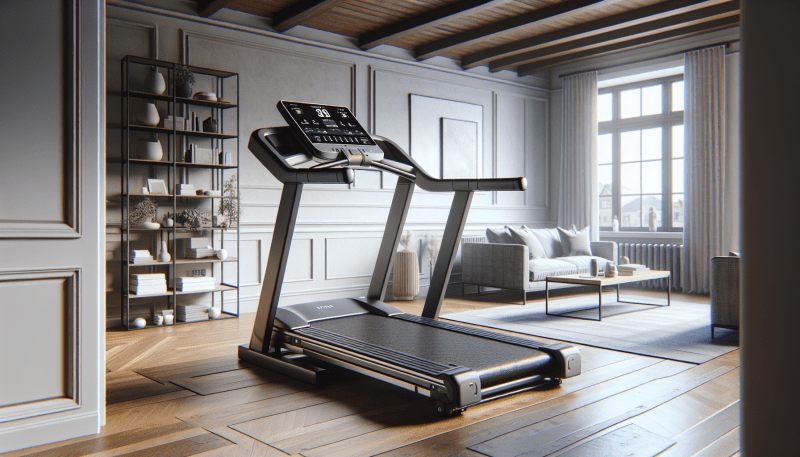Introduction
The chest is a large muscle group that consists of the pectoralis major and minor muscles, but one part often gets less attention: the lower chest. Many people focus primarily on the upper chest and overall chest size but neglecting the lower chest can result in an imbalanced physique. The lower pectorals play a crucial role in defining the overall shape of the chest and giving it that full, rounded look.
In this article, we’ll explore how to specifically target the lower chest with effective exercises and tips. By incorporating the right exercises and techniques, you can develop a more balanced chest and improve your overall upper body strength.
Why Target the Lower Chest?
Targeting the lower chest can help you achieve a more proportionate and aesthetic physique. The pectoralis major, the larger muscle of the chest, has two main parts: the upper and lower regions. When you focus on training the lower chest, you help to create a fuller look that balances out the upper chest.
A well-developed lower chest can also enhance your performance in other upper body exercises. Plus, developing the lower chest helps with strengthening pushing movements, which can lead to better performance in both compound and isolation exercises.
Best Exercises for Targeting the Lower Chest
Several exercises specifically target the lower portion of the pectoral muscles. These exercises typically involve movements that incorporate an angle, like decline presses or dips. The goal is to shift the focus of the exercise to the lower part of the chest by adjusting the body angle.
1. Decline Bench Press
The decline bench press is one of the most effective exercises for targeting the lower chest. The decline angle allows for better isolation of the lower pectorals while minimizing shoulder involvement.
How to Perform It:
· Set the bench to a 15-30 degree decline.
· Lie back on the bench with your feet securely planted on the floor.
· Grip the barbell slightly wider than shoulder-width apart and lower it toward the lower part of your chest.
· Press the barbell back up, fully extending your arms while keeping your elbows slightly bent.
Tip for Maximizing Lower Chest Activation:
Focus on bringing your elbows toward your sides, rather than flaring them out. This will engage the lower pectorals more effectively.
2. Decline Dumbbell Press
The decline dumbbell press is another great exercise to target the lower chest. The dumbbells allow for a greater range of motion, which can help activate the chest muscles more effectively.
How to Perform It:
· Set up a decline bench at a 15-30 degree angle.
· Hold a dumbbell in each hand and lie back on the bench.
· Start with the dumbbells at shoulder level, palms facing forward.
· Press the dumbbells up in a controlled motion, keeping your elbows slightly bent.
· Slowly lower the dumbbells back to the starting position.
Tip for Maximizing Lower Chest Activation:
Make sure to control the movement and avoid bouncing the dumbbells off your chest. Keep the motion slow to engage the lower chest fully.
3. Dips (Chest-Focused)
Dips are another excellent bodyweight exercise that can be used to target the lower chest. By leaning forward during the dip movement, you can shift the emphasis away from the triceps and place it on the lower pectorals.
How to Perform It:
· Use parallel bars or dip bars to perform the exercise.
· Begin by supporting your body weight on the bars, with your arms fully extended.
· Lean forward slightly, keeping your chest open and your elbows slightly flared.
· Lower your body until your upper arms are parallel to the ground, then press back up to the starting position.
Tip for Maximizing Lower Chest Activation:
The more you lean forward during the dip, the more you’ll engage the lower chest. Be sure to avoid excessive arching of the back to prevent injury.
4. Cable Chest Flyes (Low-to-High)
Cable chest flyes are a great isolation movement that can help target the lower chest when performed with a low-to-high angle. This exercise helps isolate the lower portion of the pectorals and provides constant tension throughout the range of motion and define chest muscles.
How to Perform It:
· Set up a cable machine with the pulleys positioned at the lowest setting.
· Grasp the handles with your palms facing up and step forward to create tension on the cables.
· With a slight bend in your elbows, pull the cables upward and across your body.
· Squeeze at the top of the movement and slowly return to the starting position.
Tip for Maximizing Lower Chest Activation:
Focus on bringing your hands together in a low-to-high motion to maximize the stretch in the lower portion of the chest.
5. Chest Dips (Weighted)
If you’re looking to increase the intensity of your chest dips, adding weight can help you progressively overload the muscle. You can use a dip belt with added weight or simply hold a dumbbell between your legs.
How to Perform It:
· Set up the dip bars and add weight if needed.
· Perform the dip as you would normally, but keep your torso leaned forward to focus on the lower chest.
· Lower your body until your arms are at a 90-degree angle and then push back up.
Tip for Maximizing Lower Chest Activation:
The key is to avoid keeping your torso upright. A slight lean forward will recruit the lower chest more effectively during the movement.
Tips for Maximizing Lower Chest Gains
- Use a Full Range of Motion:
For maximum muscle engagement, ensure that you are moving through a full range of motion during each exercise. This will help activate the lower chest fibers fully and stimulate growth. - Incorporate Progressive Overload:
As with any muscle group, progressive overload is essential. Gradually increase the weight, sets, or reps to ensure continuous improvement. - Mind-Muscle Connection:
Focusing on the muscle you’re targeting during each exercise is crucial for better muscle activation. Try to mentally focus on engaging your lower chest while performing each repetition. - Balance Your Chest Workouts:
While it's important to target the lower chest, don't neglect the upper chest or middle chest. A well-rounded workout routine will help develop the entire pectoral region and promote overall chest growth.
Conclusion
Targeting the lower chest is crucial for achieving a balanced and defined chest. By incorporating exercises like the decline bench press, dips, and cable chest flyes, you can maximize lower chest activation and build a fuller chest. Remember to focus on form, use a full range of motion, and progressively overload the muscles for the best results.
By incorporating these exercises into your chest workout routine and following the tips outlined in this article, you can take your chest gains to the next level. Keep training consistently, and with dedication, you’ll see noticeable improvements in your lower chest development.







